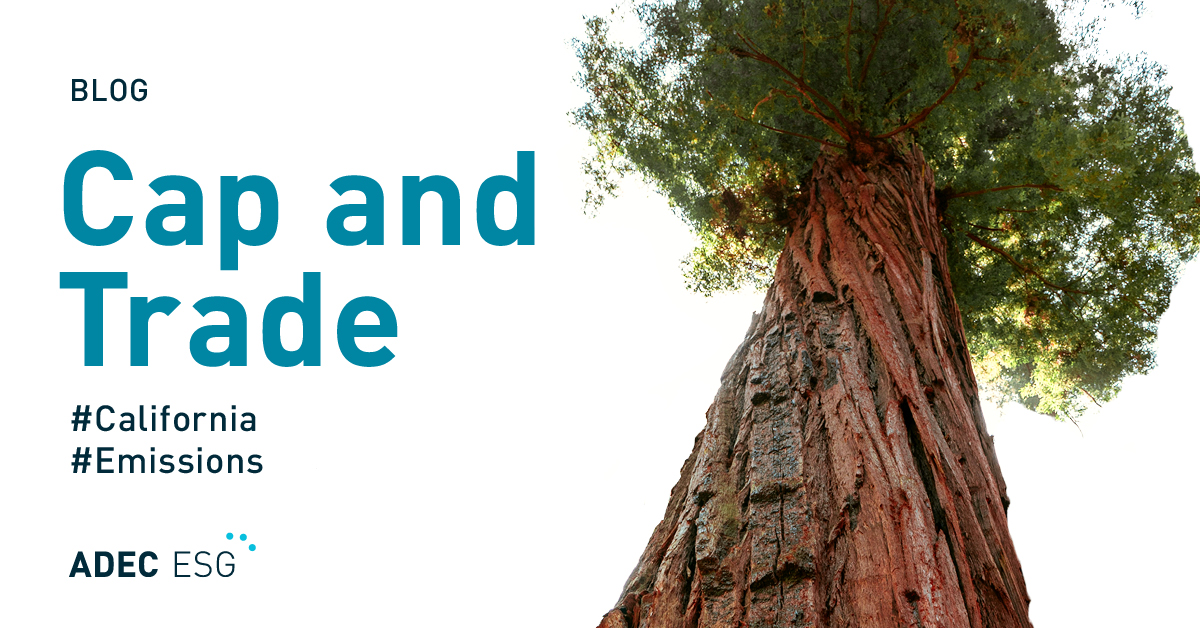 The second largest carbon market in the world was created on January 1, 2018 when Ontario’s cap and trade program was linked with those of California and Quebec in the Western Climate Initiative (WCI). This means Ontario, California, and Quebec will be holding joint auctions of greenhouse gas (GHG) emissions allowances, and also have harmonized regulations and reporting. The international provincial and state governments’ announcement made on September 22, 2017 pledged for them to work cooperatively. By doing so, they are effectively bypassing climate action delays or inaction at the federal level of government, and already this has had an impact on other international cap and trade programs.
The second largest carbon market in the world was created on January 1, 2018 when Ontario’s cap and trade program was linked with those of California and Quebec in the Western Climate Initiative (WCI). This means Ontario, California, and Quebec will be holding joint auctions of greenhouse gas (GHG) emissions allowances, and also have harmonized regulations and reporting. The international provincial and state governments’ announcement made on September 22, 2017 pledged for them to work cooperatively. By doing so, they are effectively bypassing climate action delays or inaction at the federal level of government, and already this has had an impact on other international cap and trade programs.
The WCI carbon market will cover more than 60 million people, and about US$3.15 trillion (CAD$4trillion) in GDP. The governments of Ontario, California, and Quebec support the cap and trade program because it promotes economic development combined with environmental protection that rewards innovative companies and creates opportunities for investment and job creation in the new low-carbon economy. All three governments have committed their participation to 2030.
This did not go unnoticed by the largest carbon market, the European Union’s Emissions Trading System (EU-ETS), because in August it announced it would be bolstering its dismally low carbon price by reducing its glut of emissions allowances. At the same time, China also announced it would be creating its own cap and trade program. Japan and Mexico have also signaled their intent to do the same.
Although the Europeans should be commended for creating the first and largest cap and trade program in 2005, their support for the program waned after the 2008 economic downturn when it was viewed as an economic burden. Their sudden revival of their cap and trade program is promising.
Why this sudden interest? Regardless of the perils of a warming planet, it is because now the WCI carbon market is large enough economically that it cannot be ignored. Other governments are sensing the momentum, and they do not want to be left behind with energy-intensive, overly large and noisy 20th century technologies.
It is the economic appeal that is driving these provincial and state governments to make a long term commitment to shift to a carbon market. Faced with a tired 20th century economy, aging populations, and the increasing cost of climate-related environmental disasters that are occurring more frequently, it is the right time for them to try something new. The appeal of a new source of revenue to revive their economies can no longer be ignored. Cap and trade programs allow governments to use their tools to affect municipal government policies that impact the majority of the population.
The new source of funding from the cap and trade programs is not a tax, but it raises significant amounts of money that will be available to pay for expensive infrastructure expenditures such as public transit. In 2017, the Ontario government collected CAD$1,923,989,721.12 from its four auctions. Public transit and other social amenities that reduce carbon footprints are proven to attract and retain the best workers. Most importantly, these governments can do it without waiting for federal government support.
For companies participating in the low-carbon economy it means more transparency, but it also provides for accessibility to funding for modernizing their operations, which will allow them to be more competitive. For investors, it has the appeal of reduced risk exposure to climatic or energy related events.
The first step in integrating the three jurisdictions is disclosing business relationships. Ontario cap and trade participants have been provided with a list of participants in the California and Quebec programs. Participants must disclose their business relationships in the other two jurisdictions to the Ministry of the Environment and Climate Change (MOECC) by January 12, 2018 in order to participate in the first joint California-Quebec-Ontario auction that will be held on Wednesday, February 21, 2018.
So far, the integration of the cap and trade programs of Ontario, California, and Quebec has gone smoothly, which is key to the success of the expanding low-carbon economy. The benefits of the cap and trade programs and an integrated carbon market are quickly becoming clear as the programs mature. I’m beginning to be hopeful that a turnaround is possible.
The views and opinions expressed is this article are solely those of the original author. These views and opinions do not necessarily represent those of ADEC Innovations, and/or any/all contributors to this site.
ADEC Innovations helps organizations recognize business drivers for sustainability practices. To stay current on global sustainability issues, subscribe to our monthly newsletter, Greenwatch.




